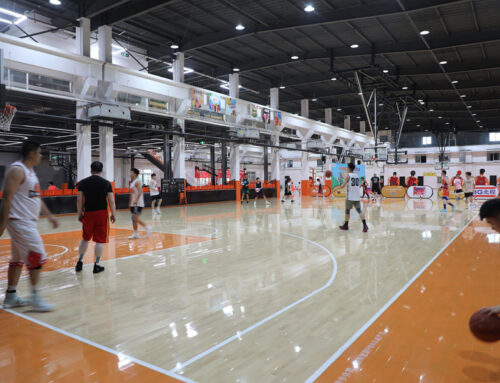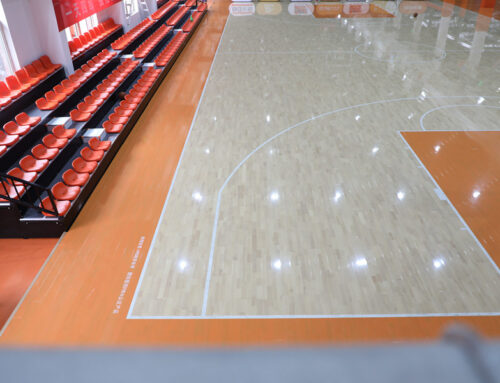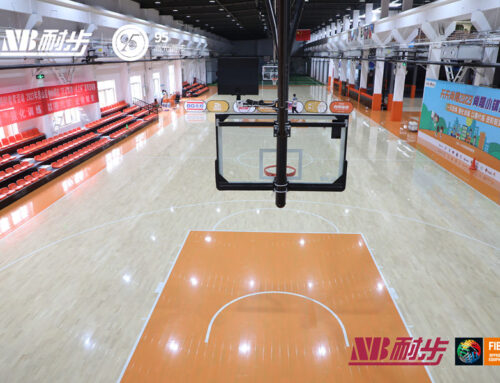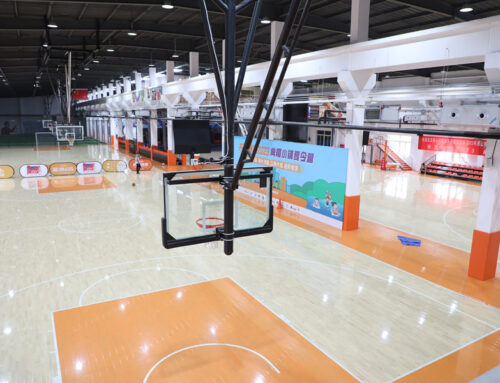Alright folks, so the other day I got this itch. Wanted a decent dance floor section in my garage workshop, but nothing permanent, y’know? Couldn’t stand those flimsy foam tiles anymore – they buckle if you look at ’em funny. Saw some fancy portable stuff online, choked on the price tag. Figured, “How hard can it be?” Ha! Famous last words.
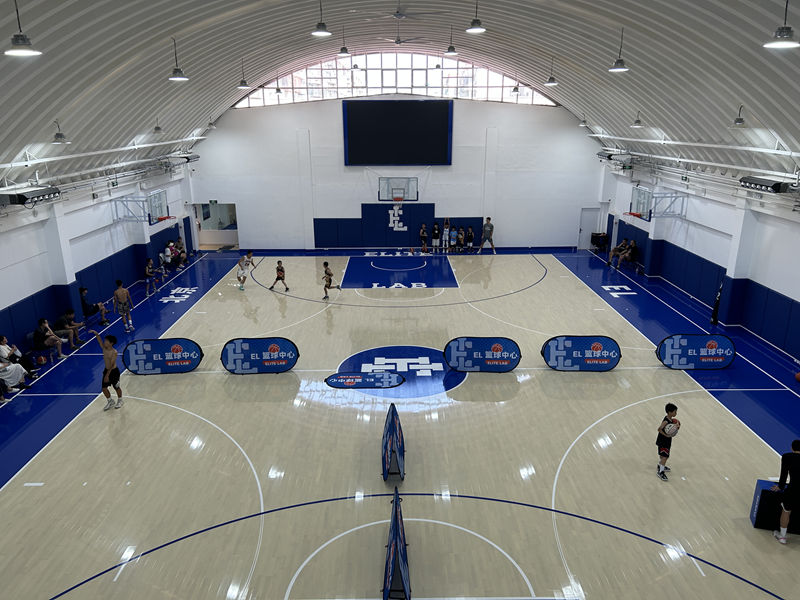
The Big Idea & First Mess-Ups
Started simple. Grabbed a few sheets of decent plywood from the lumber yard. Not the super cheap stuff, but not solid oak either. Got it home, stared at it. Realized it was way too big to move easily. Duh. Needed to cut it down. Hauled out the circular saw.
Measured out squares, thought I was being precise. Cut four panels. Edges looked like they’d been chewed by a very angry beaver. Splinter city. Sanding those rough edges down took forever. Dust everywhere. My sander probably hates my guts now. Okay, lesson learned: Measure five times, cut once, maybe invest in a better blade.
Connecting the Dots (Literally)
Now I had four heavy panels. Needed ’em to lock together, like puzzle pieces, but strong enough for someone to spin on. Brainstormed.
- Option 1: Just butt them together? Yeah, no. First shuffle step and they’d slide apart.
- Option 2: Hinges? Too bulky, wouldn’t lie flat when stored.
- Option 3: Metal brackets underneath? Seemed clunky, risked tripping.
Scratched my head. Remembered those plastic pool deck tiles people use – they click together. Headed back to the store, bought a bag of those cheap connector thingies – little plastic lugs and grooves. Seemed promising.
Tried attaching them directly to the plywood edges. Used wood glue and some tiny screws. Looked okay… until I tried clicking the panels. The connectors snapped clean off. Utter fail. Felt like an idiot standing there holding broken plastic bits. Threw ’em in the trash with feeling.
Getting It (Sort Of) Right
Back to the drawing board, literally drew messy sketches on the workshop wall. Needed something stronger and recessed. Idea: Rout out shallow channels underneath for the connectors to sit inside the plywood. Genius? Maybe. Sketchy? Definitely.
Marked out straight lines along the panel edges. Fired up the router. First attempt, hand slipped a little – dug a nice little trench that wasn’t straight. Not cool. Adjusted the depth, clamped a straight edge guide down tight this time. Went slower. Finally got clean grooves cut into all four panels. Success! Mostly.
Test-fitted the plastic connectors into the grooves. Needed a snug fit. Had to chisel out a couple spots where I went a tad too deep. Annoying. Secured them this time with thicker, sturdier screws driven up from underneath the plywood, countersunk so they wouldn’t catch anything. Much better! Panels clicked together with a satisfying little thunk.
The Finishing Stumble
Assembled the whole thing. Sweet! Solid square. But… plywood ain’t exactly smooth for dancing. Needs some protection too, from scuffs and water splashes. Applied a couple coats of clear polyurethane finish, sanding lightly between coats. Simple, cheap, effective. Left it overnight to cure properly.
Came back, did a test cha-cha. Felt solid! No separation anxiety. Then tried dragging it across the concrete to move it. Awful screeching noise. Forgot about the plywood base dragging! Quick fix: Screwed some thin felt pads onto the corners underneath. Slides silently now.
Final Thoughts & Reality Check
So, is it perfect? Nah. It’s heavy – each panel is a solid lift. The plastic connectors still feel a bit cheap; might need replacing someday. And it definitely won’t win any beauty contests compared to pro flooring. But hey!
Put it together myself. Took way longer and involved more swearing than anticipated. Cost a fraction of the store-bought stuff. It locks together solid, provides a decent surface, and folds up flat to stash behind the tool cabinet. Mission mostly accomplished. Would I do it again? Probably, but I’d buy better connectors first thing!

